Vilified for coronavirus, bats are the shining stars on this album
Bats are having a hard time across the world as they are blamed for the Covid-19 outbreak, but Stuart Hyatt sees them in a different way. He has taken their sounds and made an album, writes Grayson Haver Currin
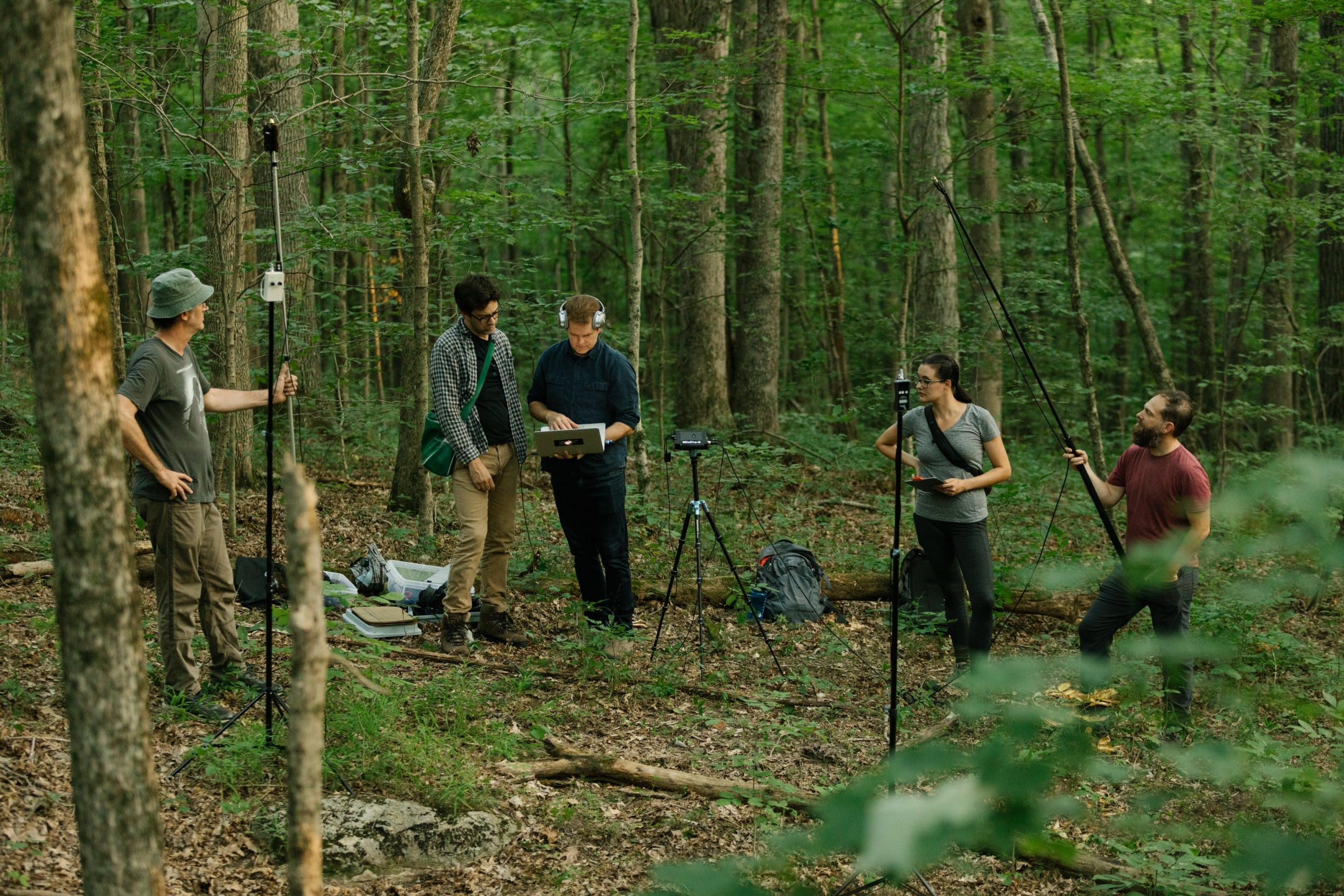
Your support helps us to tell the story
From reproductive rights to climate change to Big Tech, The Independent is on the ground when the story is developing. Whether it's investigating the financials of Elon Musk's pro-Trump PAC or producing our latest documentary, 'The A Word', which shines a light on the American women fighting for reproductive rights, we know how important it is to parse out the facts from the messaging.
At such a critical moment in US history, we need reporters on the ground. Your donation allows us to keep sending journalists to speak to both sides of the story.
The Independent is trusted by Americans across the entire political spectrum. And unlike many other quality news outlets, we choose not to lock Americans out of our reporting and analysis with paywalls. We believe quality journalism should be available to everyone, paid for by those who can afford it.
Your support makes all the difference.On an unseasonably cool evening in late May, Stuart Hyatt emerged from his home in Indianapolis holding a small black box. The moment he stepped outside, the box began to chatter and click.
“Whoa, can you hear that?” he said, grinning on a FaceTime call. “I have never seen them fly this low.”
His neighbourhood bats had arrived, chasing their nightly meal of insects. And, as usual, Hyatt was there to listen and marvel, the black box allowing the bats’ usually inaudible chatter to be heard, even through a cellphone.
Bats have lately been enduring yet another image crisis. Believed to be ancient harbours of coronaviruses, they are reportedly being killed in India and vilified most everywhere for the outbreak.
Over the past two years, though, bats have been Hyatt’s chief musical inspiration. He has recorded their sounds – so high in frequency that humans typically cannot hear them – and made them audible, then dispatched the material to a team of improvisers and composers, like Kelly Moran, who makes prismatic works for prepared piano, and drowsy-drone master Jefre Cantu-Ledesma.
“At first, the textures and tones seemed chaotic,” says one of the contributors, Matthew Cooper, who records as Eluvium. “But you find these bits of melody and rhythm that are so harmonious.”
The result is Ultrasonic, Hyatt’s eighth album as Field Works. The 14 tracks evoke the mystery of bats’ nocturnal escapades, the languor of their hibernation and the existential calamity of the collapse of their habitat.
“Bat noises are like bird songs, just in a register no one can hear,” Hyatt says. “I wanted to bring out the musicality in their voices.”
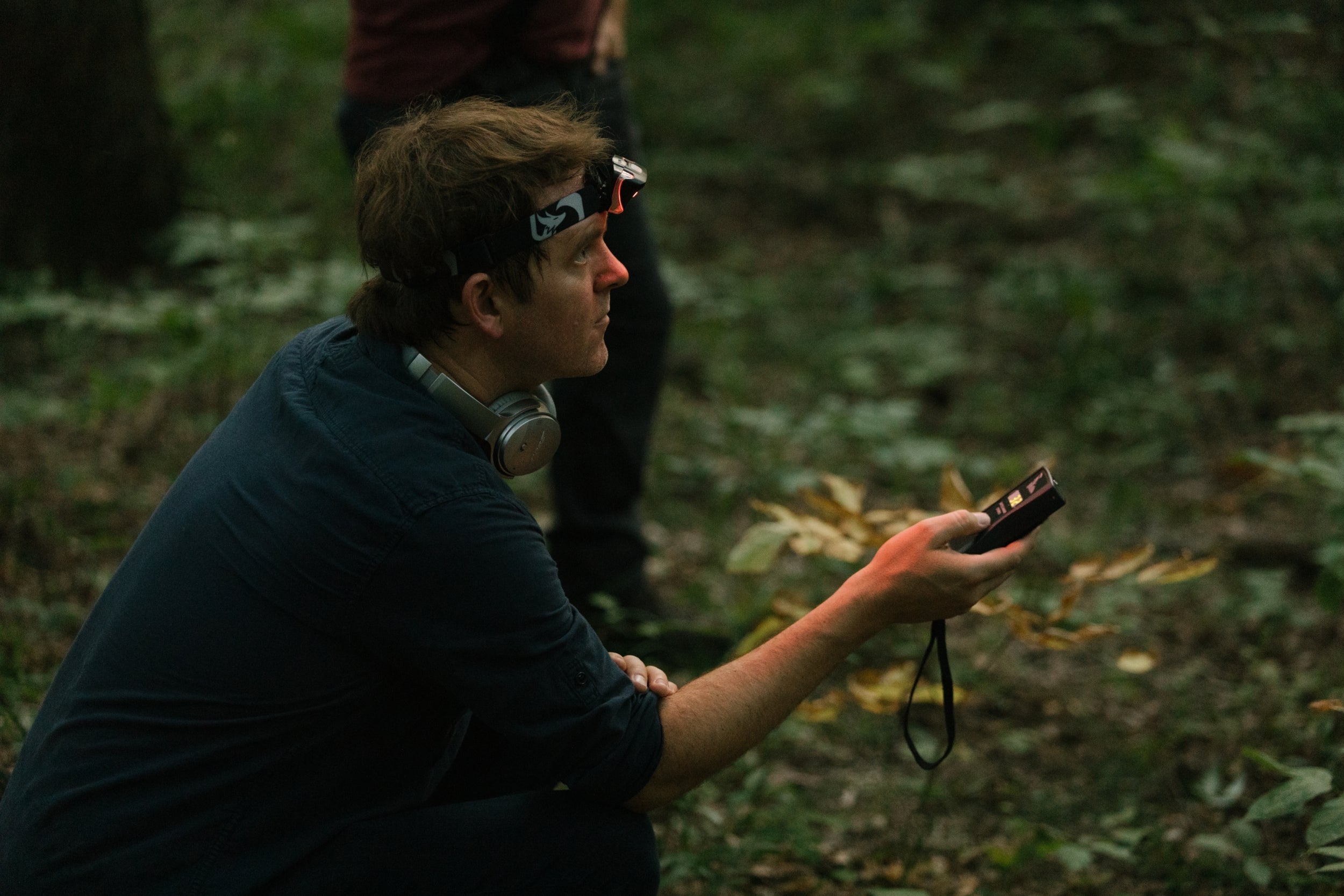
For Hyatt, 45, an Indianapolis native, Ultrasonic is the culmination of a lifetime obsession with sound. His first memory is the sensation of rising from a swimming pool and hearing the world on the other side of the surface. When he was 3, a family friend suggested a remedy for his hyperactivity: a tiny violin and the discipline of the Suzuki method.
For the next seven years, the violin was his balm, redirecting his energy and sharpening his focus. But at 10, just as his teacher started explaining musical notation, he decided he knew enough.
“Maybe the violin had done its job?” he says. “I was just done.”
But his enthusiasm for sound wasn’t. He eventually learned upright bass, keyboard and drums. The real revelation, though, came when a friend lent him a four-track recorder. He’d capture himself singing the same melody in different registers, and also domestic sounds – water rushing from the faucet, for instance, and the rumble it caused in the pipes.
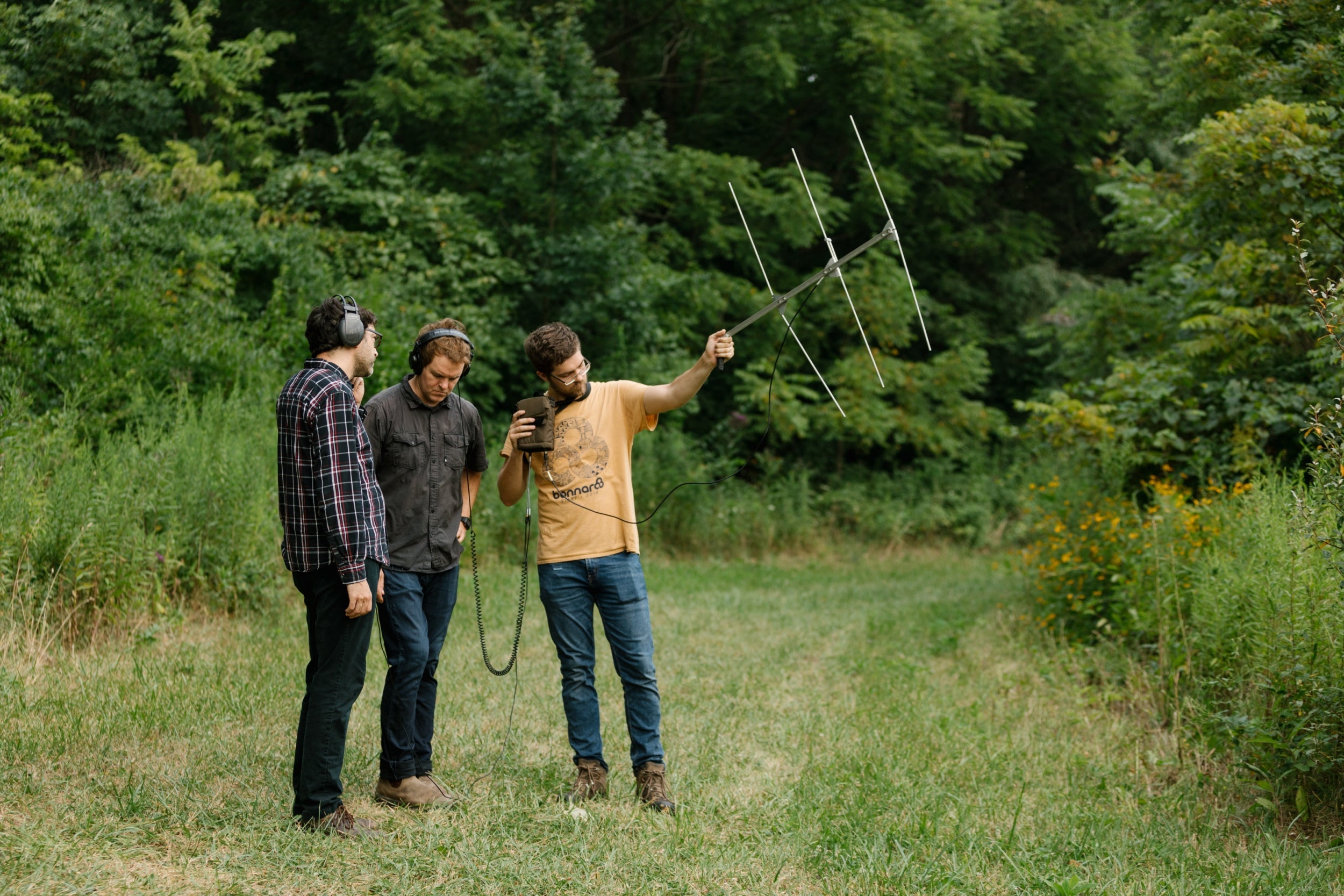
Hyatt soon realised he no longer cared to hear his own voice; he wanted to immortalise the objects around him. While earning degrees in art, architecture and sculpture, he used assignments as excuses to document events like a surreptitiously recorded Scientology ceremony and a 21-mile walk along a busy Indianapolis highway. He spent a summer in a penitentiary, recording 10 albums of songs by inmates; The Clouds was a compilation of rural Alabama gospel choirs.
A breakthrough came when Hyatt asked some of his favourite musicians to make new music from these field recordings. He used measurements of a Texas cave to create mesmerising pedal steel guitar pieces, then asked electronic artists to remix them. His snippets of the Indiana state fair, set to pensive piano and tense harp, form a striking meditation on immigration reform and community.
Each morning, Hyatt would process the files and reveal the sounds – surprisingly sweet coos, gentle suckles, tender whistles, jolting snaps
“I called it Field Works,” he says, “because I thought of the street as my field and the studio as my lab.”
He had never considered animals as source material before September 2018, when he escorted his 10-year-old son, Oscar, and 40 classmates on a field trip to the Great Smoky Mountains National Park. On their final night, the group took a guided walk to see the park’s bats. They toted clunky electronic devices; as the bats emerged to eat, the machines translated the inaudible sounds of their echolocation into audible electronic signals.
“I had just spent 10 years thinking about documenting the sounds of our world,” Hyatt says. “But when I turned that machine on and heard those bats, it felt like voices from an alternate dimension, a parallel universe. The kids gasped. I said, ‘This is the next project.’ ”
They were hearing the Indiana bat, a species that has been endangered for half a century. It emits a complex series of calls that are sometimes five times higher in frequency than what a human can detect. Bats use the calls to track bugs, dodge obstacles and communicate with one another, the sounds bouncing off the world around them like sonar.
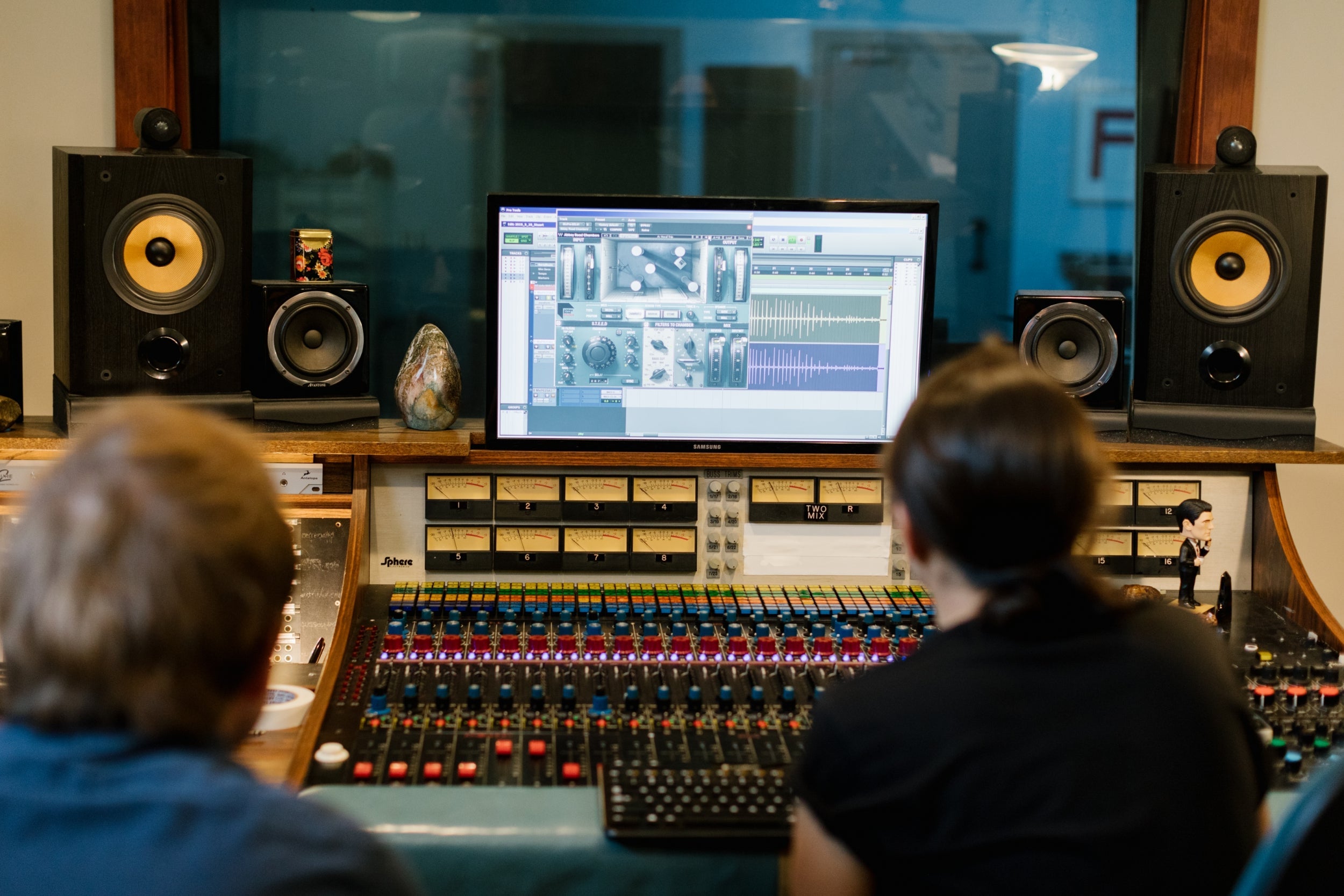
The species – its members so small they weigh little more than a quarter – has had a difficult run. The caves and mines where it winters have been damaged, destroyed and turned into tourist attractions. The marshes and forests it needs for summertime breeding have suffered, too.
A little over a decade ago, scientists thought increased population numbers might soon lift the Indiana bat from the endangered species list. But white-nose syndrome, a fungal infection, decimated it again. There are now just over 500,000 of the bats, stretched over 16 states. Much of that population remains at risk.
Hyatt found the bats for his recordings roosting 40 minutes south of his home, near the Indianapolis International airport, along scrubby wetlands and woodlands designed partly as bat habitats. For three months last summer, he and a small crew drove there most nights, attaching microphones to backpacks and flagpoles. They couldn’t hear the bats, but they could see the signals the animals made on the equipment screens. Each morning, Hyatt would process the files and reveal the sounds –surprisingly sweet coos, gentle suckles, tender whistles, jolting snaps.
“It was almost like we had played the sky,” Hyatt said. “They were the most amazing things.”
For “A Place Both Wonderful and Strange”, one of the tracks on Ultrasonic, Los Angeles experimental guitarist Noveller pairs surging Wagnerian power with a gothic throb, as if you’re joining the bats for a late-night raid on Gotham City. Harpist Mary Lattimore plays against a computerised loop of the bats on “Silver Secrets”, suggesting a winsome ballet. And on “Dusk Tempi”, Eluvium laces violin through intricate layers of bat calls, stretched and stacked to conjure the radiant skies of twilight.
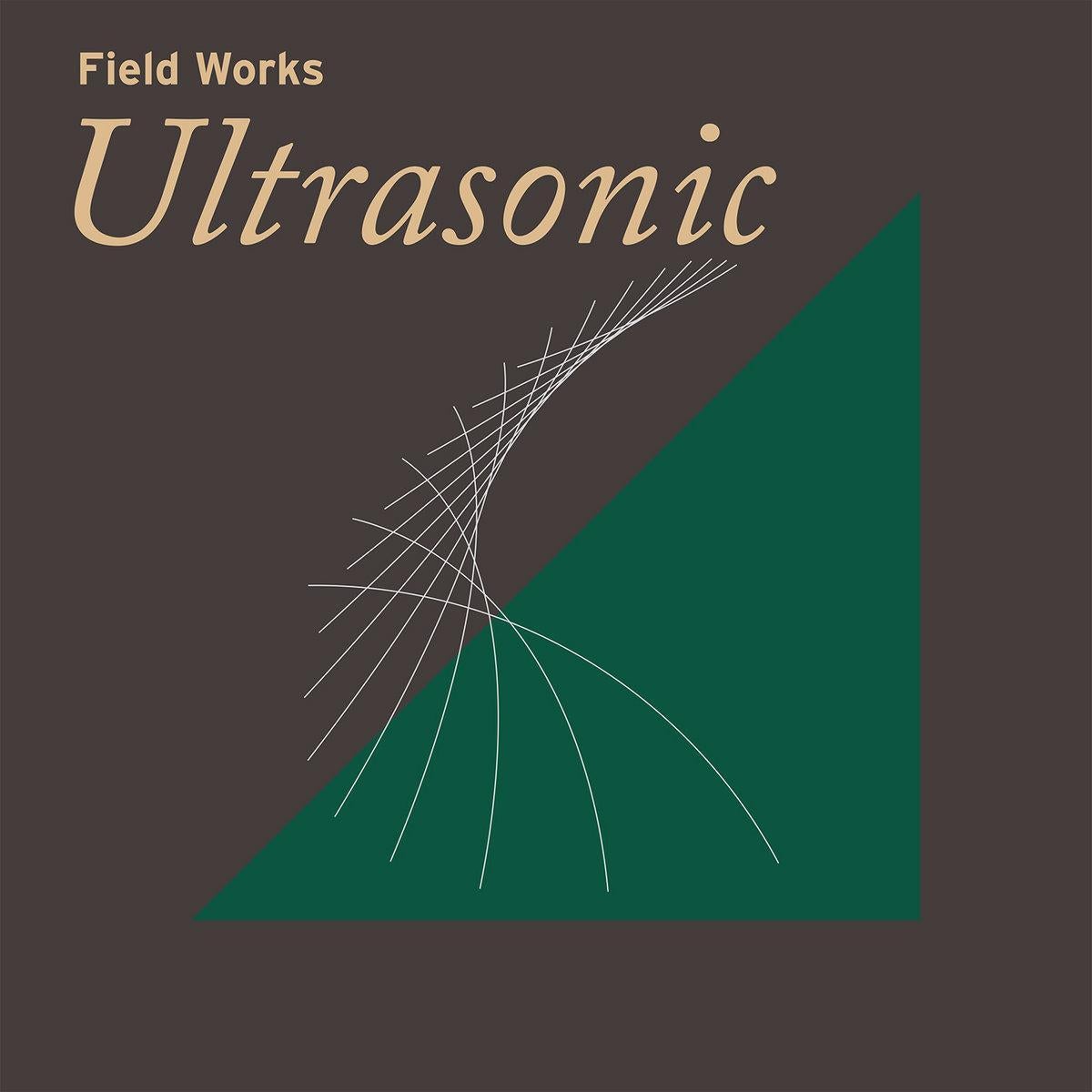
Hyatt is already at work on his next two libraries of sound. He’s nearly finished with a sprawling album built from a series of poems in Arabic and English about cedar trees, read and sung over hypnotic instrumentals and accompanied by a comic book. And he recently began using data and tones from 280 seismic-activity monitors in Alaska, meant to map the tectonic plates beneath North America. Like the rest of his life’s work, these projects are attempts to find meaning by exploring the voices of other people and things.
“I have a real craving for a deeper connection with our world,” Hyatt said. “I approach sound and music with this spiritual longing to feel the whole thing – even if I don’t know what the whole thing is yet.”
© The New York Times
Join our commenting forum
Join thought-provoking conversations, follow other Independent readers and see their replies
Comments